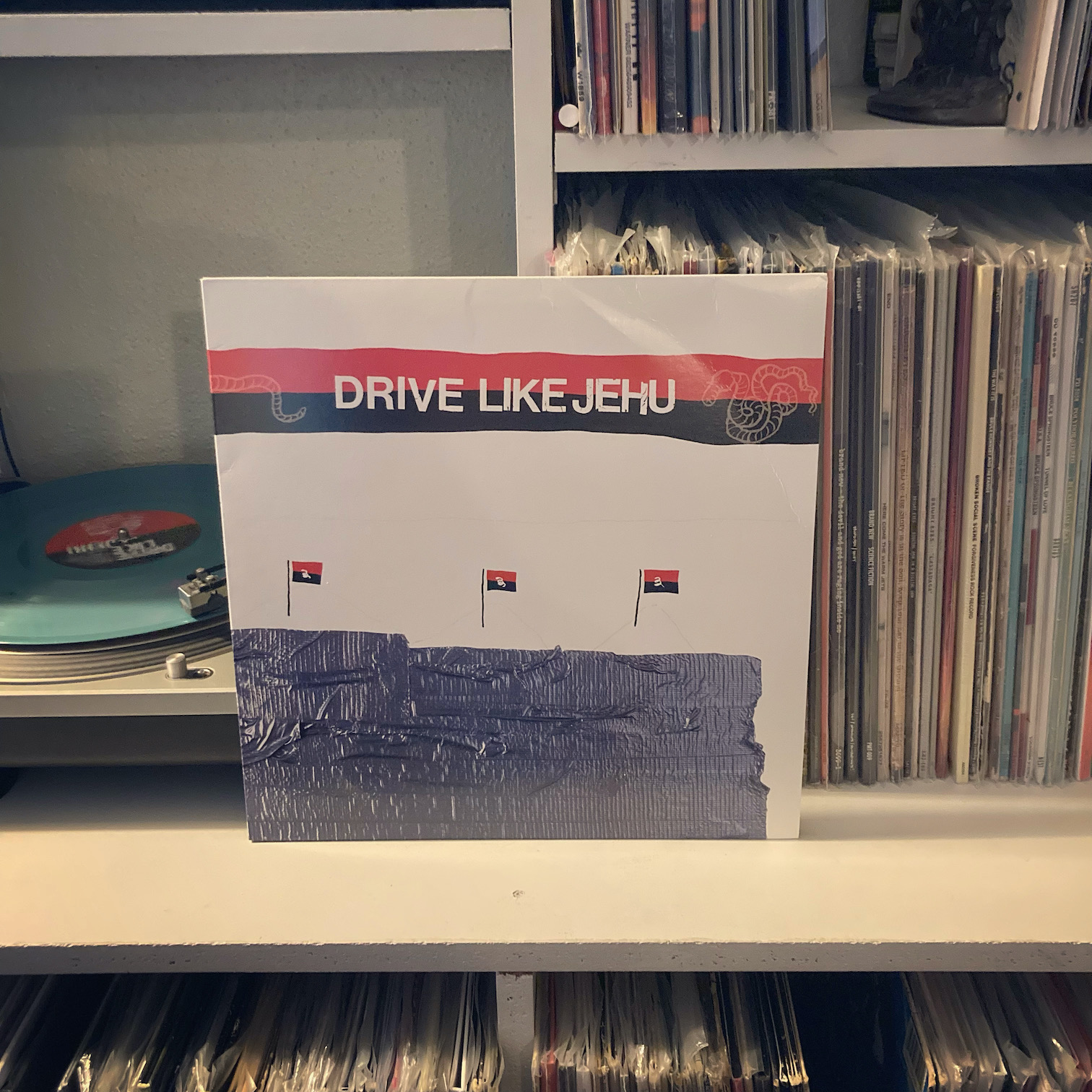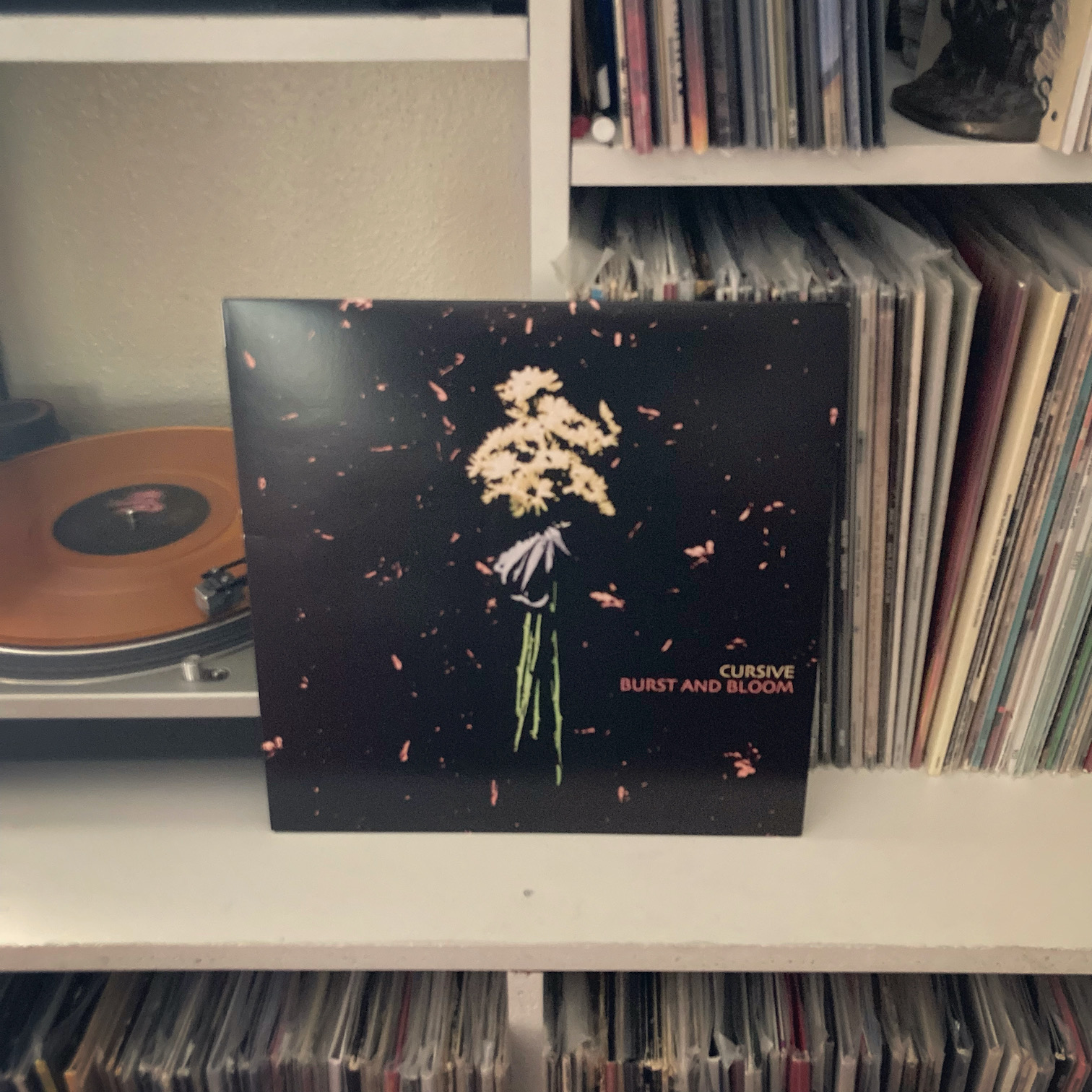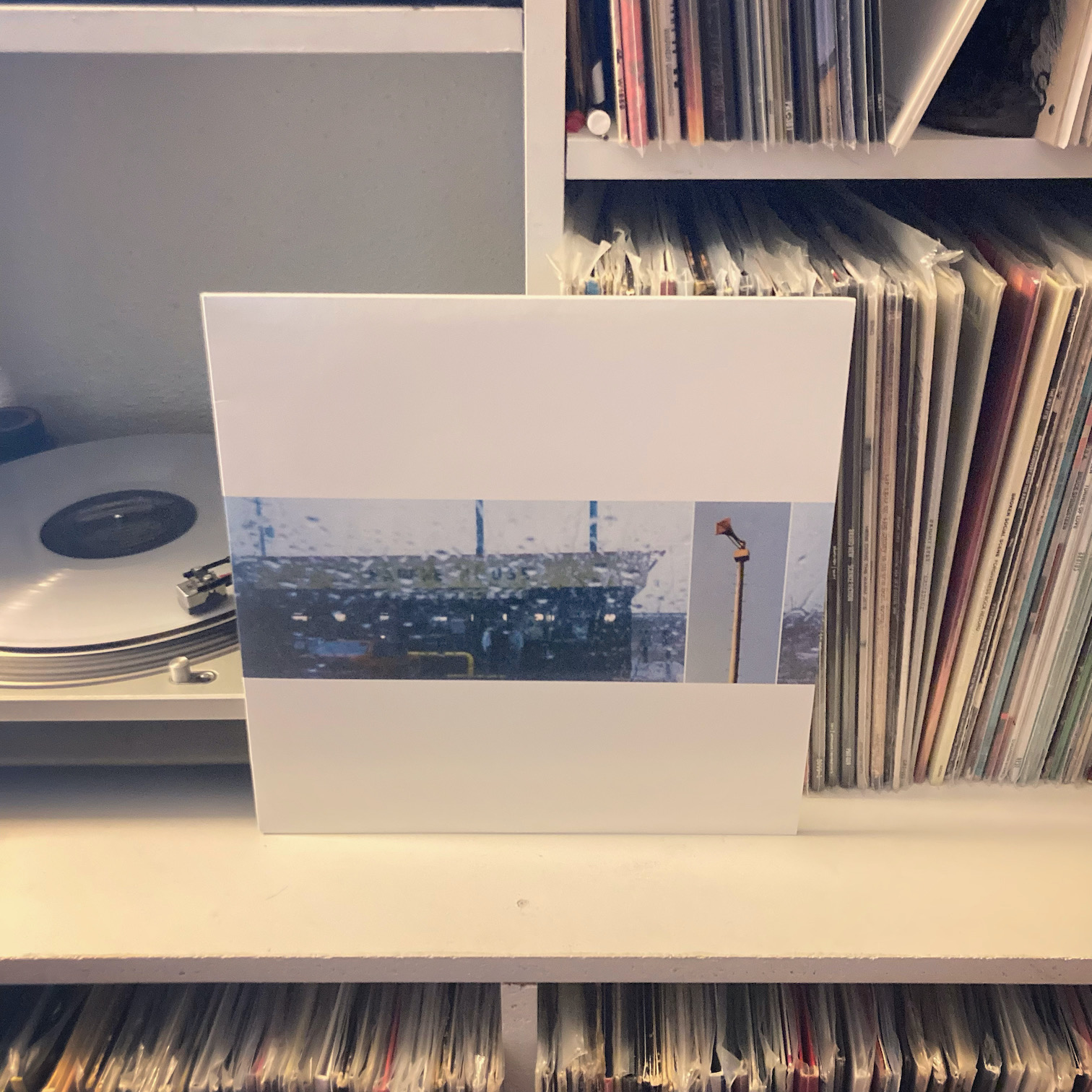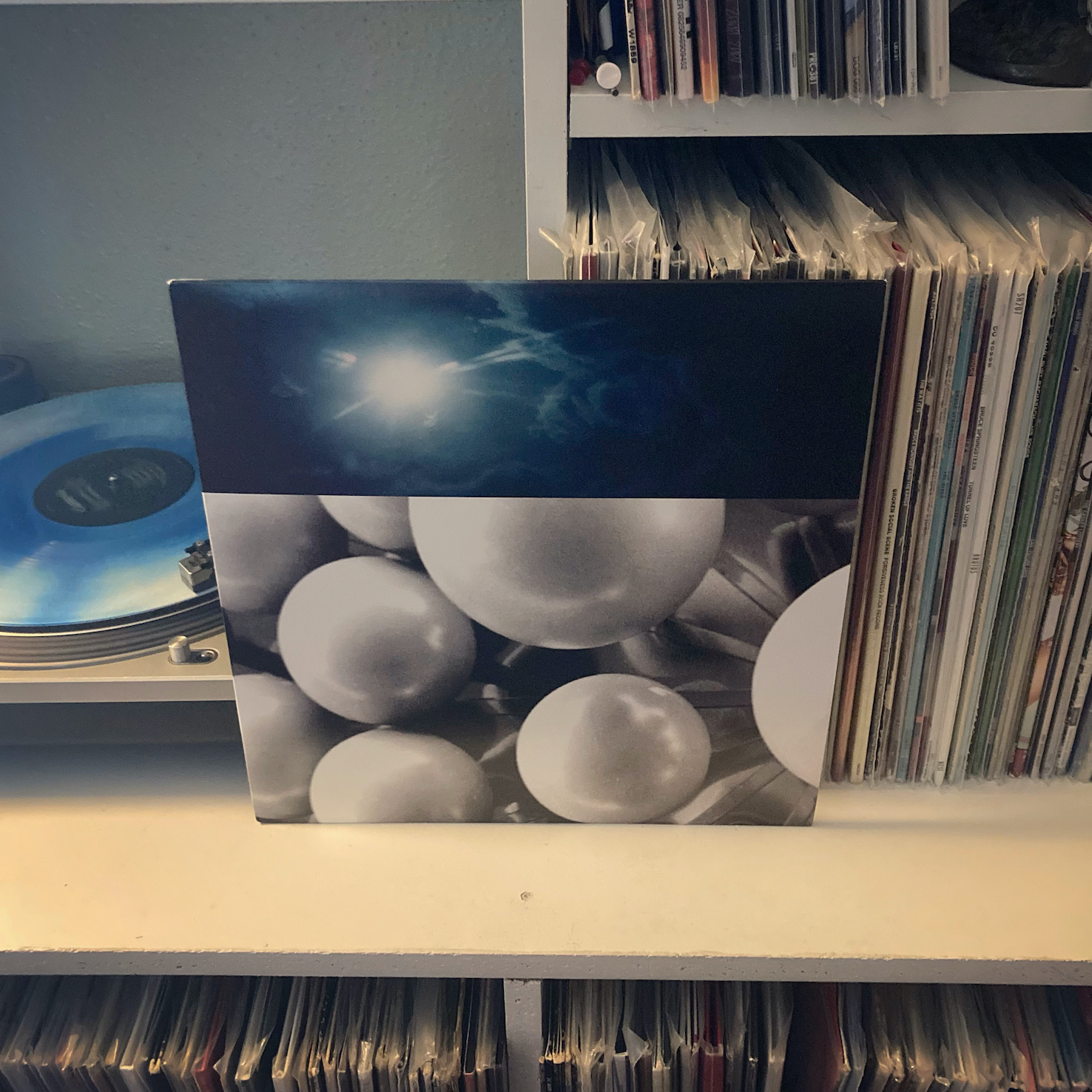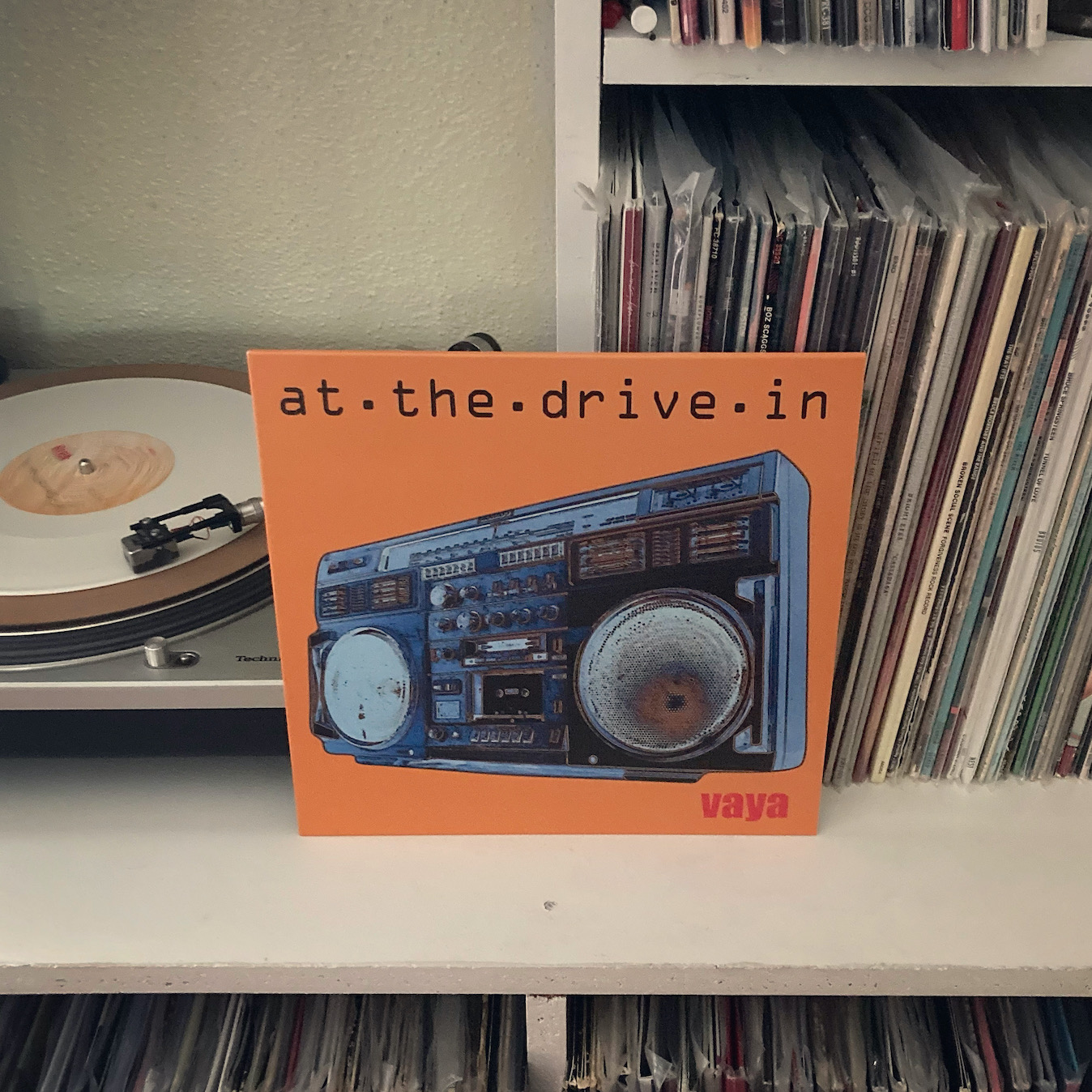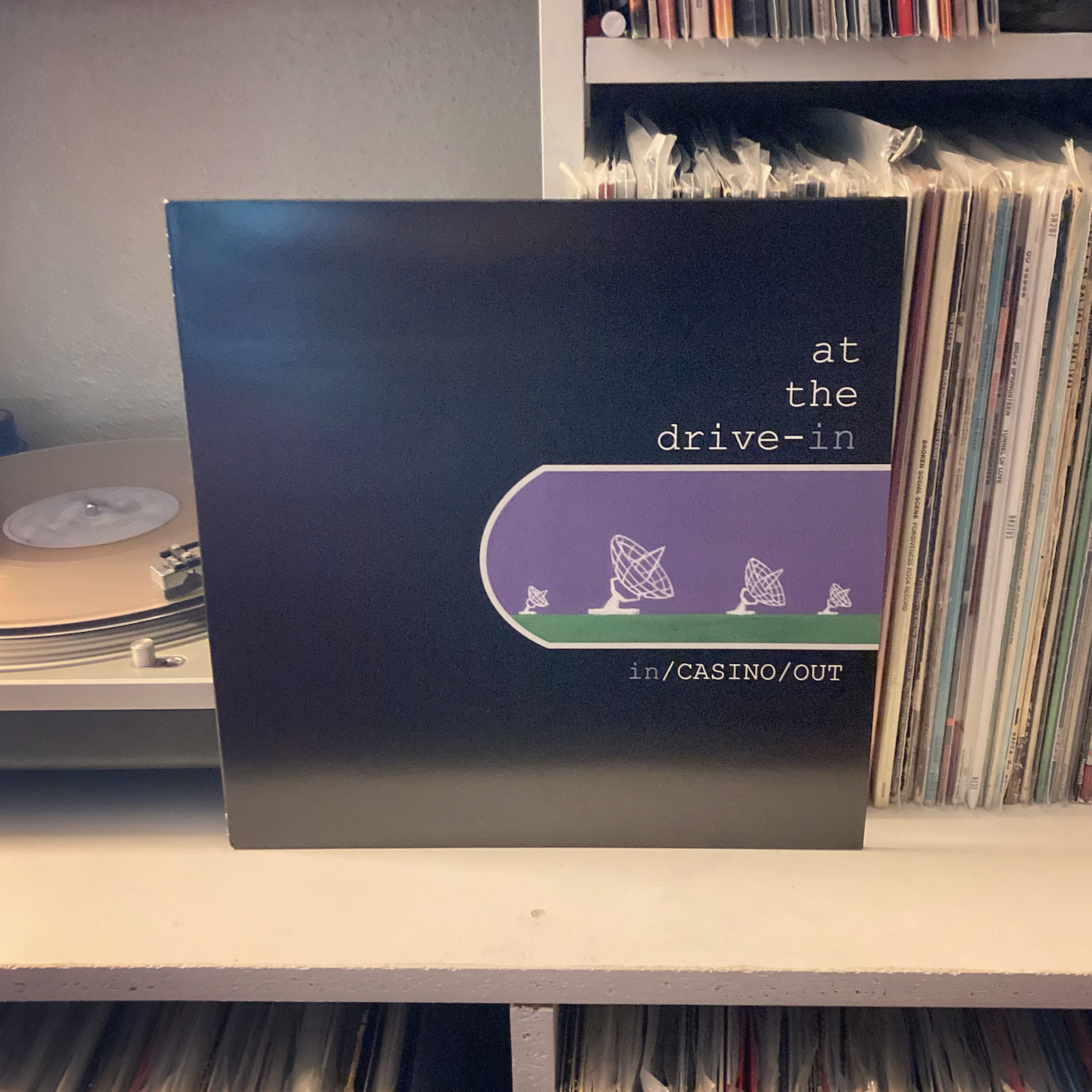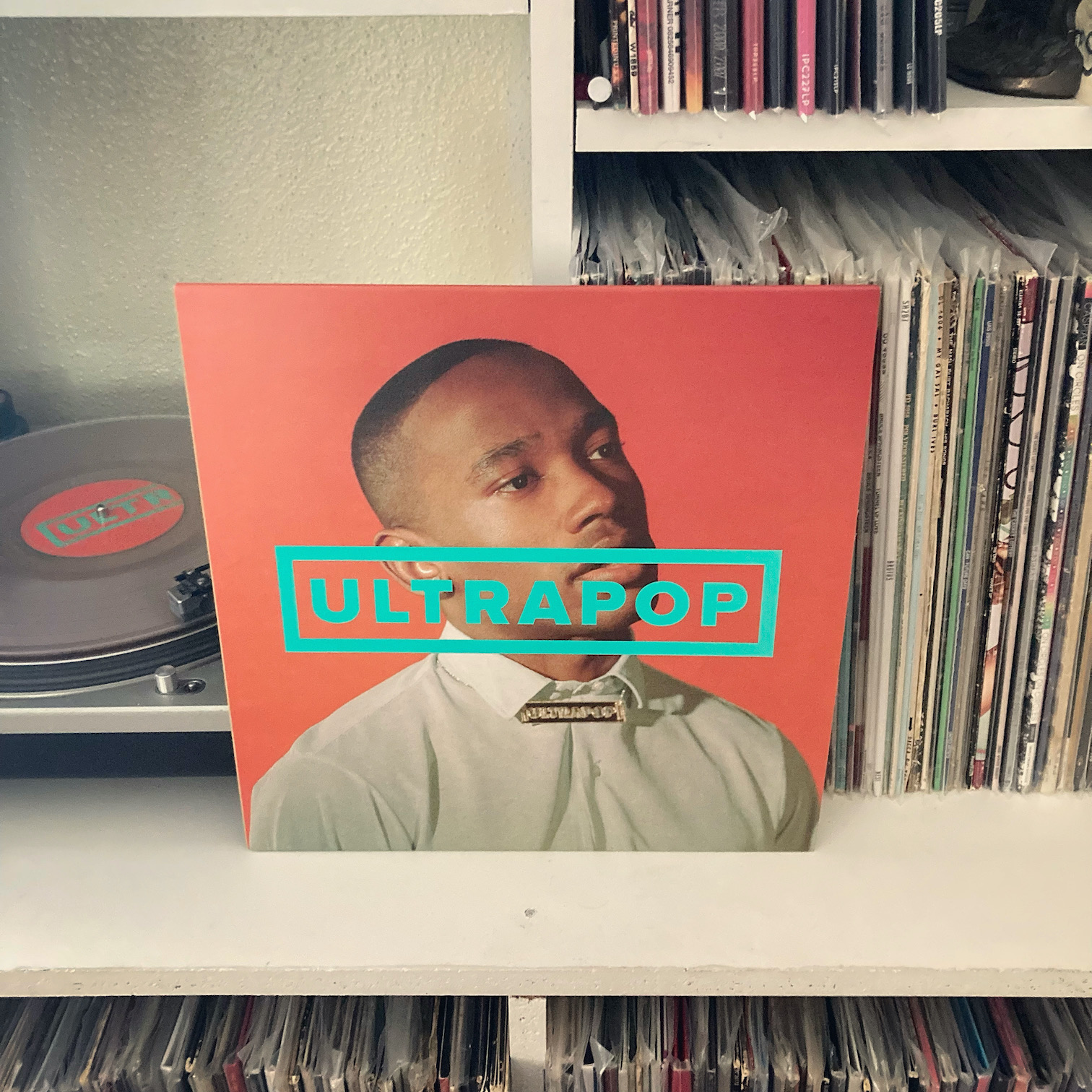
Somewhere around 2005, I decided that emo was dead.
I had spent my formative years in devout reverence to bands like Sunny Day Real Estate, Thursday, Appleseed Cast, and Further Seems Forever. But when the wave shifted to bands like Fall Out Boy, Anberlin, and My Chemical Romance (who, even they will tell you, were not emo), I let my attention stray from the scene and moved on to things like indie, folk, and post rock.
The last decade or so has ushered in an honest-to-goodness emo renaissance so profound it’s not even fair to call it a revival anymore, with bands all over the world resurrecting the best parts of the halcyon emo scene of yore with stunning results.
And while Florida emo outfit least may bear some superficial resemblance to the guy-linered mallcore that put such a bad taste in my mouth in the first place (some have jokingly referred to them as “Transberlin”), if any of that stuff sounded like this, I never would have retired my girl jeans in the mid-oughts.

